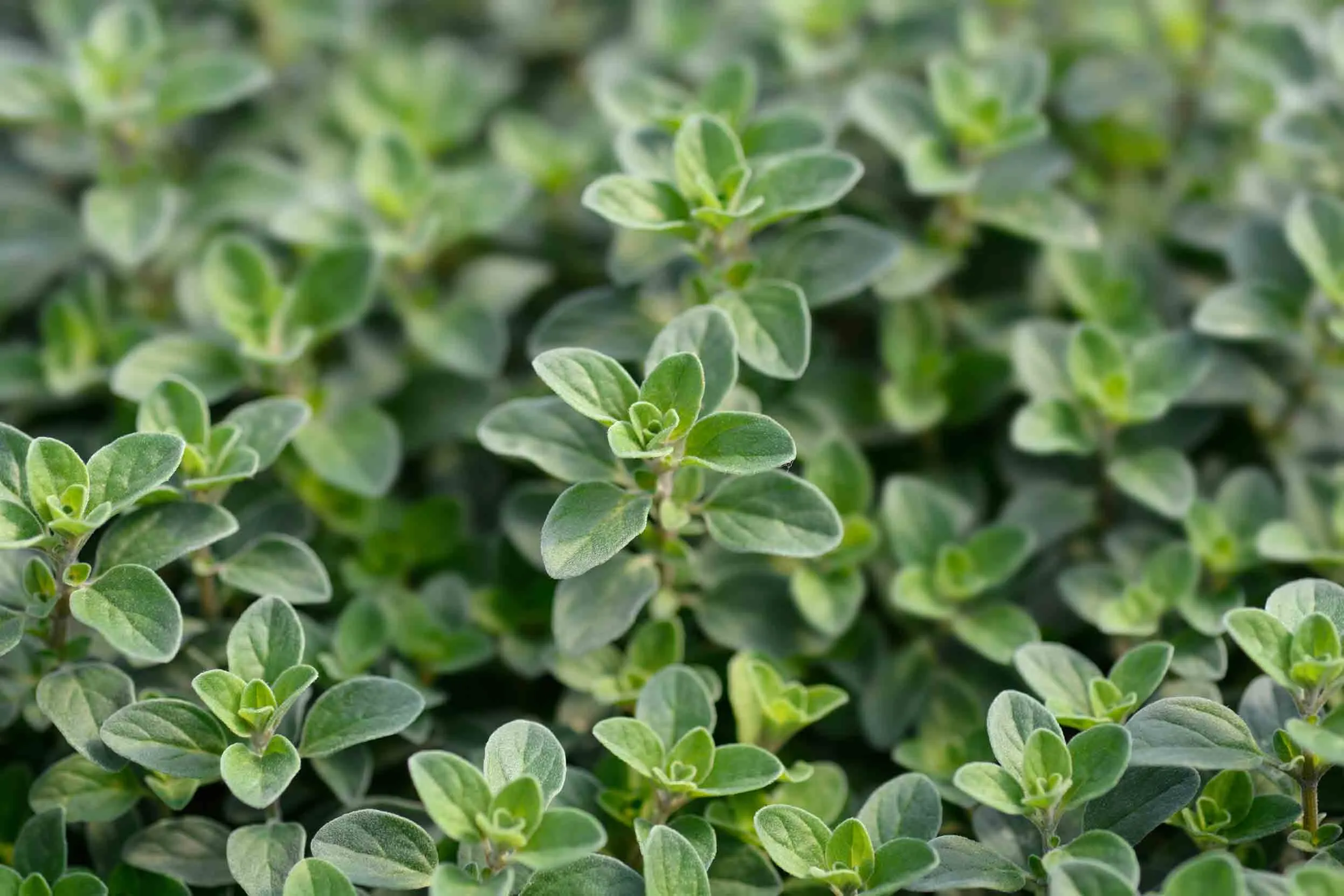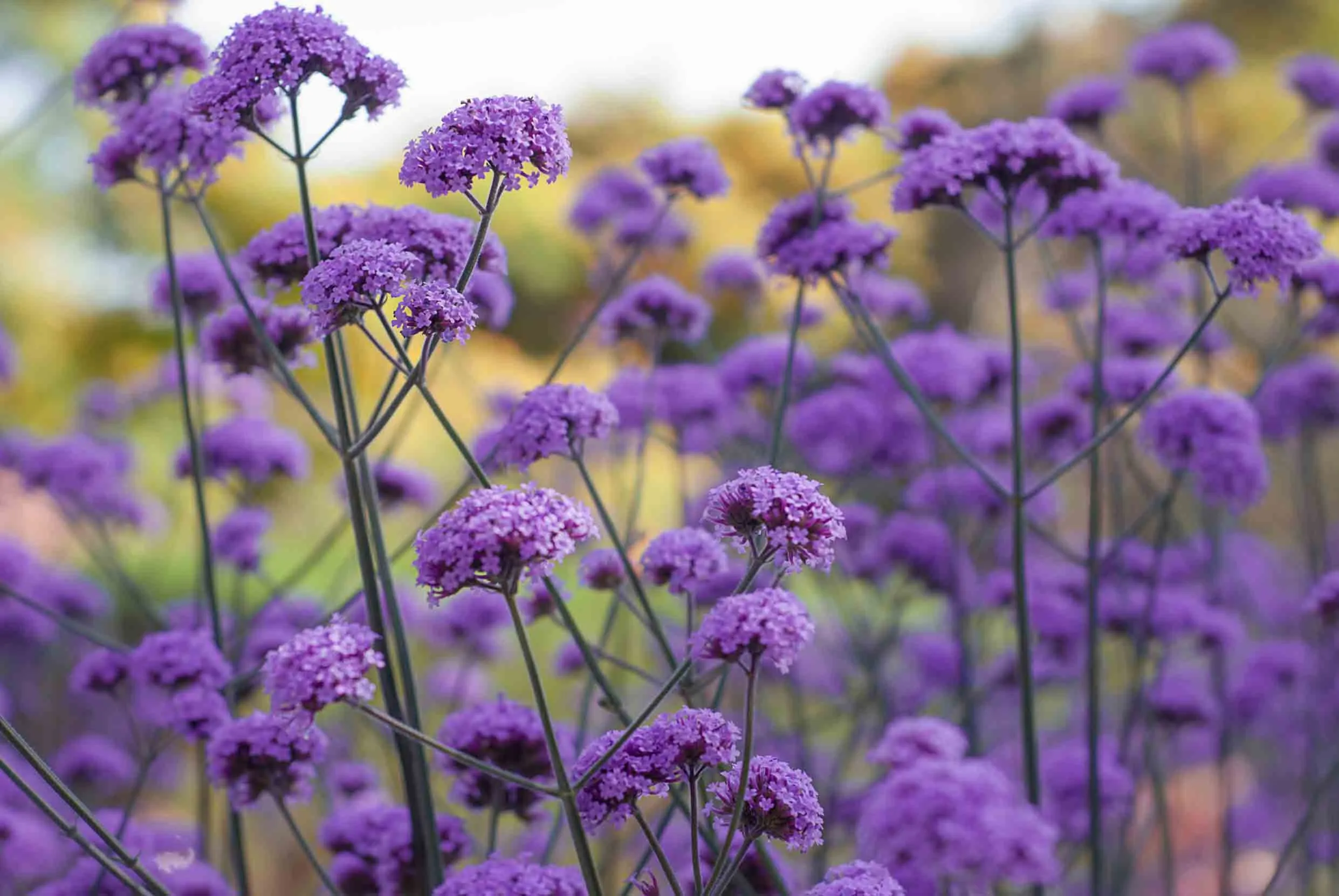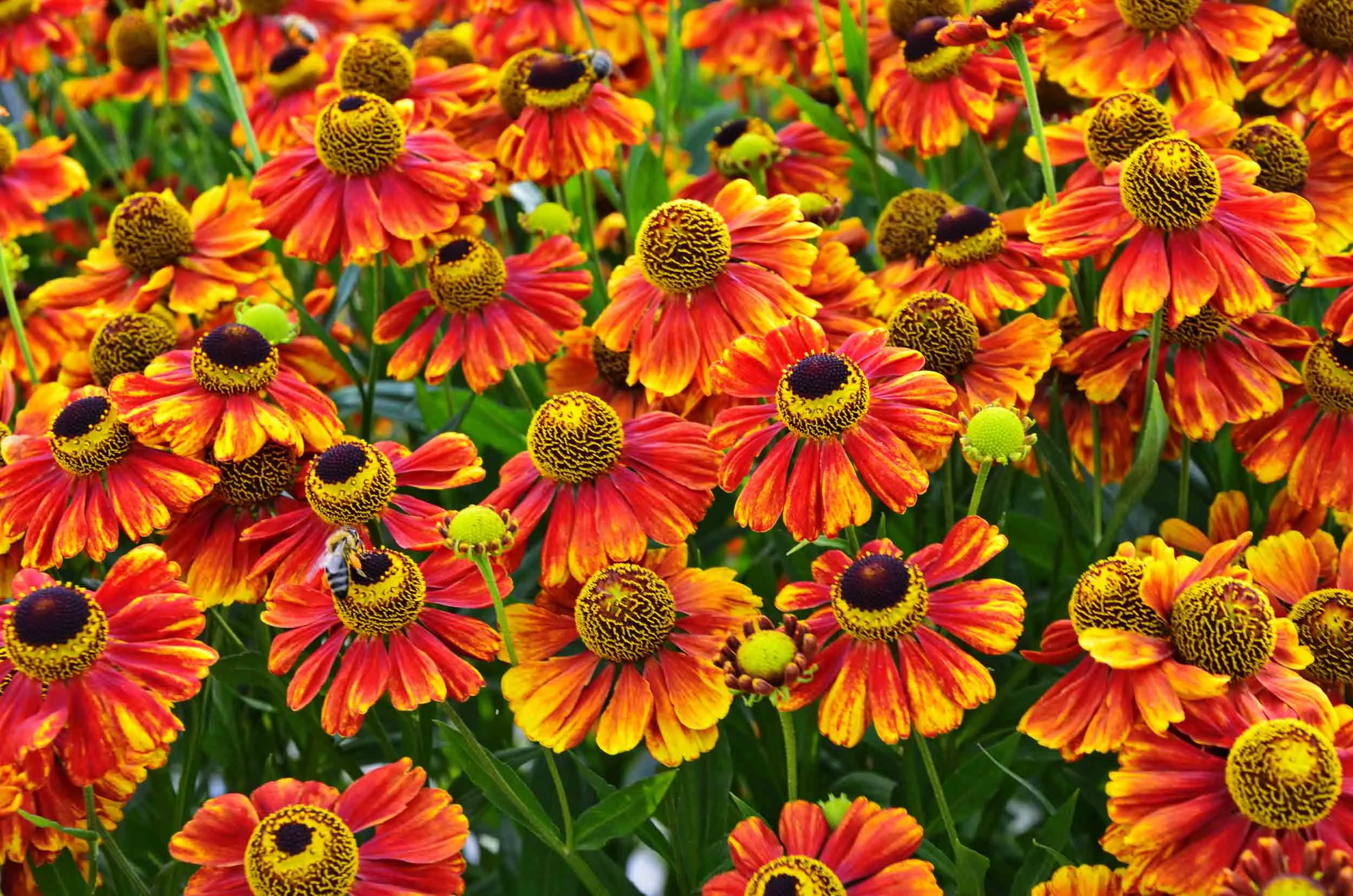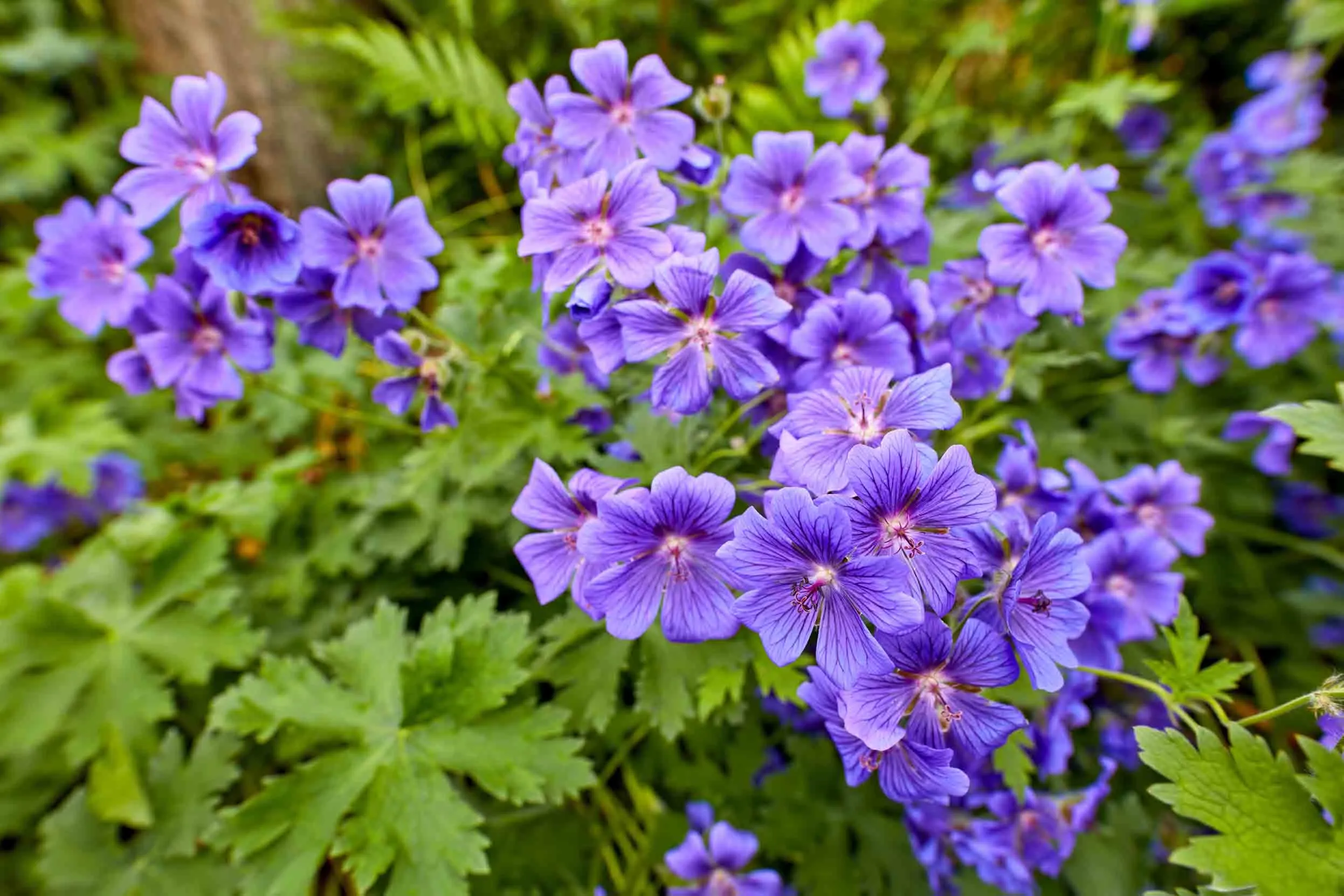Sign-up for our fortnightly email, packed with seasonal tips to enjoy and help nature.
Advice
Seven easy-to-grow plants to help pollinators and other wildlife
With pollinating insects like bees in decline, we share seven of our favourite flowers to help them.

On this page
Planting for pollinators
The numbers of pollinating insects such as bees, butterflies and moths have fallen in the UK in recent years. The latest State of Nature report, for example, found that the distributions of pollinator species have decreased by an average of 18% since 19701.
Pollinators play a vital role in our ecosystems, not only as a source of food for birds and other animals, but also by pollinating our crops and providing pest control. And, of course, they all have their own intrinsic value, remarkable and often beautiful.
One way we can help pollinators is by growing flowers that support them. It’s estimated that gardens cover up to a quarter of the land surface in our towns and cities2. Just imagine the difference it would make if we all pledged to plant for pollinators!
Seven easy-to-grow plants
Here are seven easy-to-grow plants, which will be visited by lots of lovely pollinating insects, if you plant them in a sunny, sheltered position. Each plant should take no more than 15 minutes a year to look after – a once-a-year prune and a drop of water in hot weather is all it takes.
1. Lavender
Brilliant for bees. Grows to about 60cm (2ft) tall and the same wide. They do well in dry, rubbish soil – just don’t overwater them, as they don’t like having their feet in water. To look after it, just trim the ends of all the stems in early spring.

2. Marjoram
Great for bees, even better for butterflies. Grows to about 30cm (1ft) tall and over time forms a clump. You might find it labelled Oregano. In spring, cut back all the stems that flowered the previous year.

3. Catmint
Often labelled Nepeta. It forms a low, loose mound of foliage about 45cm (1.5ft) high. Two common ones are Walker’s Low and Six Hills Giant. Let them flower in summer, then cut back to the base in July as they start to go straggly (you can be tough with your love!) and it will sprout again from the base.

4. Verbena bonariensis
Grows slender wiry stems with clusters of lilac flowers on top that butterflies love. Leave the flower heads once finished as finches eat the seeds. Those that fall to the ground may germinate and give you new plants. Prune back to the base in early spring.

5. Helenium
With daisy flowers in flaming reds and yellows about 60cm (2ft) high, which will have the bees flocking. A common variety is Sahin’s Early Flowerer, but any will do. Cut back last year’s flowering stems in early spring. Water well in hot, dry weather.

6. Hardy geraniums
They have mounds of lovely leaves about 30-45cm (1-1.5 ft) high) and hundreds of large simple flowers in shades of blue, purple and pink, perfect for bumblebees. Some flower for weeks and weeks. Look for varieties such as Geranium Rozanne, Geranium x magnificum, Geranium sanguineum. Just like catmints, most can be cut back hard straight after flowering, and will happily grow back and probably flower again.

7. Pollinator-friendly roses
Our partner Harkness Roses have launched a collection of roses designed to help pollinators. Their 'Power to Pollinators' range have been developed to be rich in pollen, with a long flowering season. The roses are ‘singles’, with just one ring of petals, which means that the pollen is easily accessible to insects.
Roses love a sunny spot and just need an annual prune. Remove the ‘deadheads’ to boost flowering, and some will flower from summer through to autumn.

A new pollinator friendly rose on the way!
In July, we’ll be launching a special RSPB rose variety with Harkness Roses, which will be available to buy. This new rose will be very attractive to pollinators while its hips will help to feed birds in the winter months. RSPB supporters have been invited to name the rose and we’ll be announcing the winning name in our supporter email, Notes on Nature.
Together we fly